Five Women Who Shaped Salvation Army History
As we celebrate Women’s History Month and International Women’s Day, we’d like to highlight a few exemplary women who have made a difference.Today, women are speaking up for themselves and others in a way they haven’t in decades. We’re seeing empowerment in the workplace, an increase in public service, and push-back against harassment and assault. We are rejoicing in a new collective voice showcasing strong, intelligent and passionate women.
Historically, many organizations have not encouraged leadership by women, but this was never the case with The Salvation Army. From the beginning, the Army has empowered women to advocate for and serve the most vulnerable in our world. As we celebrate Women’s History Month and International Women’s Day (March 8th), we’d like to highlight a few exemplary women who have made a difference, with the Army backing their charge.
Catherine Booth
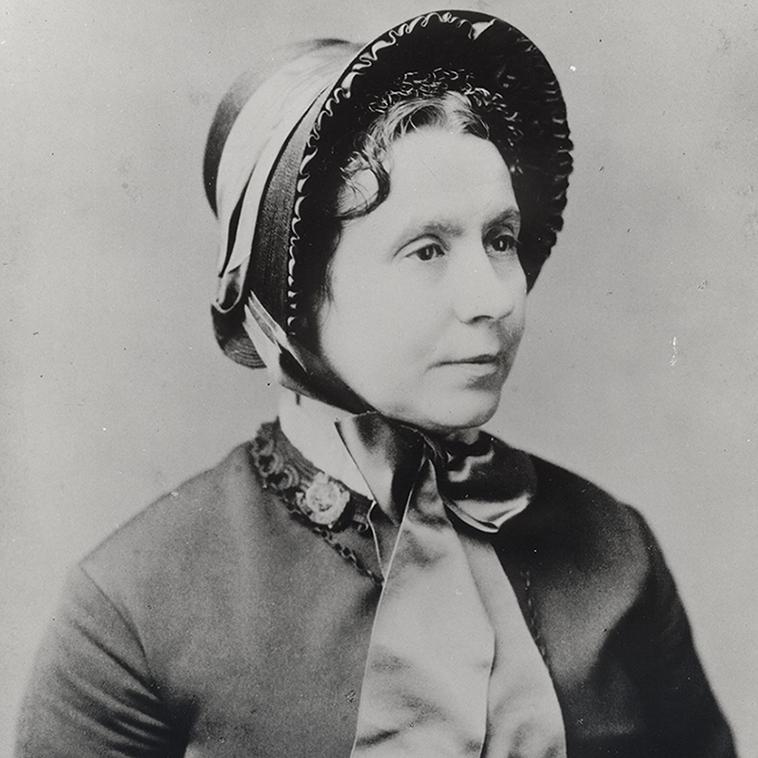
Catherine Booth was the co-founder of The Salvation Army with her husband William Booth. Together they created the organization to serve those most in need and often forgotten or shunned by society. Catherine advocated for a woman’s right to preach, writing Female Ministry, which argued for a woman’s right to share the gospel, using Bible passages that supported equality.
She is also well regarded for her commitment to social reform – most notably fighting for better working conditions and pay for women. She is affectionately known by Salvationists as “The Army Mother.”
Evangeline Booth
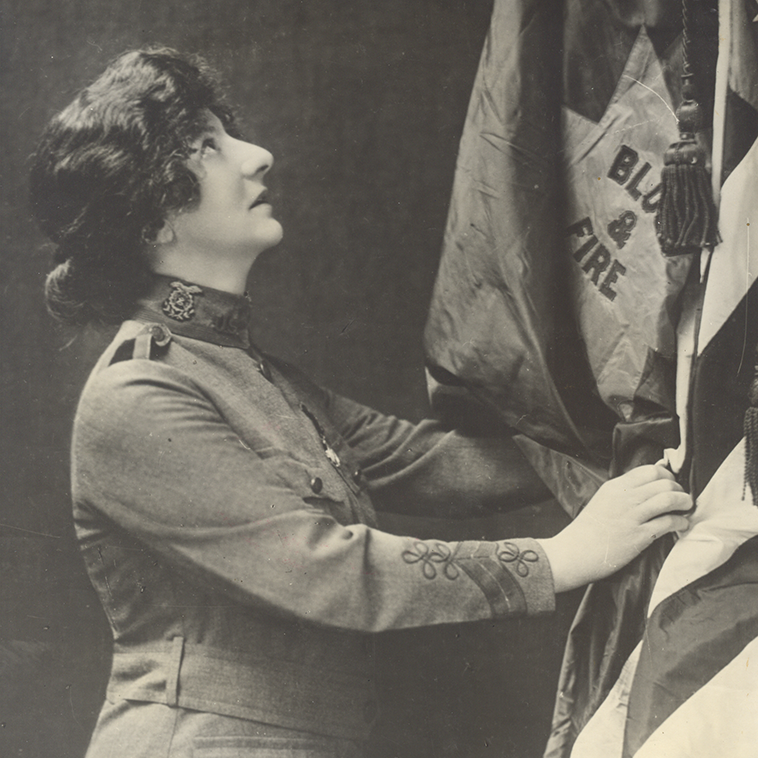
Evangeline Booth was the seventh of eight children born to General William Booth and his wife, Catherine. She grew up in The Salvation Army, helping her parents spread the mission of the Army. Booth was so strong that she was often sent wherever there was opposition to The Salvation Army or their work was threatened. Her father, General Booth, was often quoted as saying “Send Eva!”
During the aftermath of the 1906 San Francisco earthquake, Evangeline led a mass open-air meeting in New York’s Union Square, where she raised more than $12,000 to support relief workers. She also committed hundreds of volunteers to support first responders and survivors in the wake of the earthquake.
In 1917, Evangeline sent 250 Salvation Army volunteers to France’s front lines during World War I to provide comfort and aid to soldiers. The volunteers started frying pastry dough in soldiers’ helmets and distributing doughnuts. Hence, the famous Doughnut Lassies were born.
In 1934, Evangeline was elected General by the High Council; becoming the first woman to lead the international organization. Under her leadership, The Salvation Army expanded its services, establishing hospitals for unwed mothers, soup kitchens, emergency shelters, and homes for aging adults.
The Doughnut Lassies
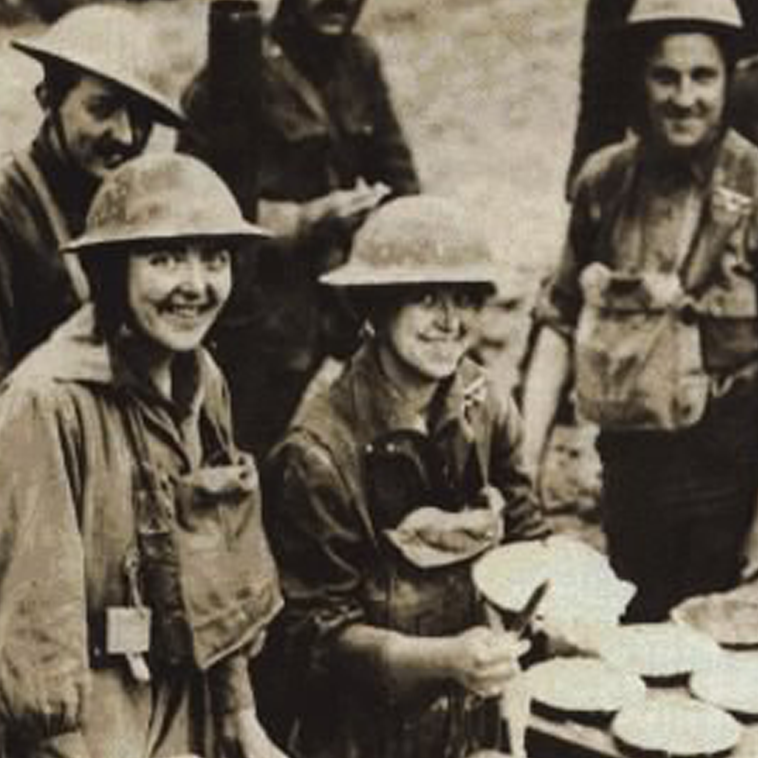
In the midst of WWI, Evangeline Booth sent 250 Salvation Army volunteers overseas to support the US soldiers fighting in France. There, they set up small huts located near the front lines to give soldiers clothes, supplies and baked goods. The Doughnut Lassies began frying donuts in soldiers’ helmets. The tasty treats boosted morale and won the hearts of the soldiers.
In addition to serving fresh-fried pastries, Doughnut Lassies provided spiritual aid and comfort. They were a link home to family and friends. Their work on the front lines was rekindled during World War II. Today, the Army honors the Doughnut Lassies efforts by celebrating Donut Days annually in June.
Eliza Shirley
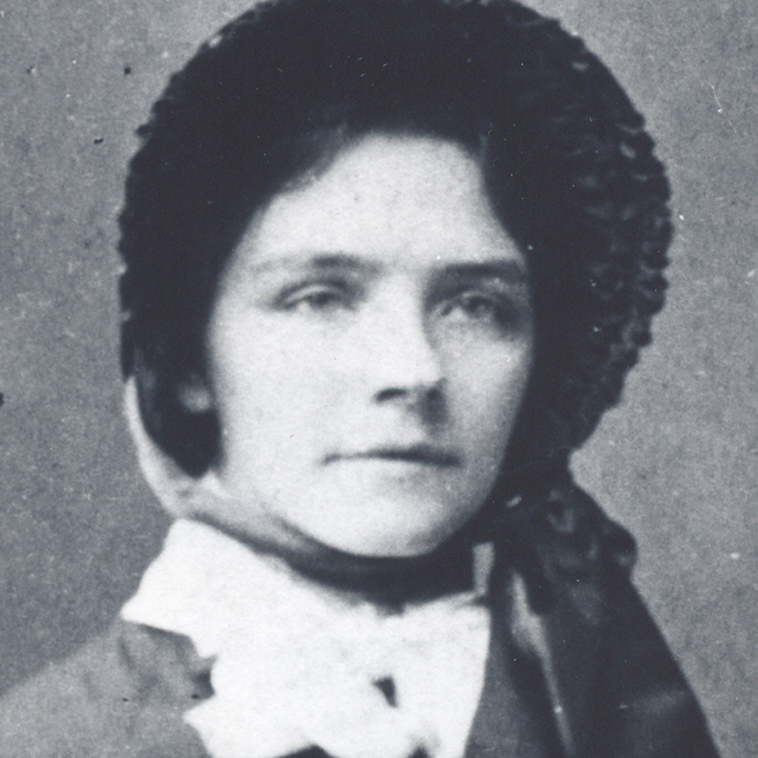
Eliza Shirley pioneered the establishment of The Salvation Army in the United States. Born in England, she dedicated herself to The Salvation Army at 16 years of age. The following year, her father informed her they were moving to Philadelphia, Pennsylvania. So Eliza approached General William Booth for his endorsement and guidance to share the Army’s message across the ocean. He warned Eliza that new faiths were often unwelcome and to prepare herself for a tough journey.
Upon arrival in Philadelphia in 1879, Eliza and her family’s efforts to start The Salvation Army in the US were mostly met with anger and disdain. Crowds often threw mud, stones, vegetables and more. Their first meeting was with only 12 people; and about a month afterward, the lot where they held their meeting was on fire. The flames drew a large crowd, and Eliza bravely embraced the opportunity to sing and preach.
Soon Eliza found a new meeting place and the work of The Salvation Army in the United States began. By the following year, she sent word to General Booth back in England requesting additional support. In response, General Booth dispatched Commissioner George Scott Railton with seven women officers (the Hallelujah Lassies). Within three years, the demand for The Salvation Army had grown so that the group were sent to open additional corps community centers.
Mabel Broome
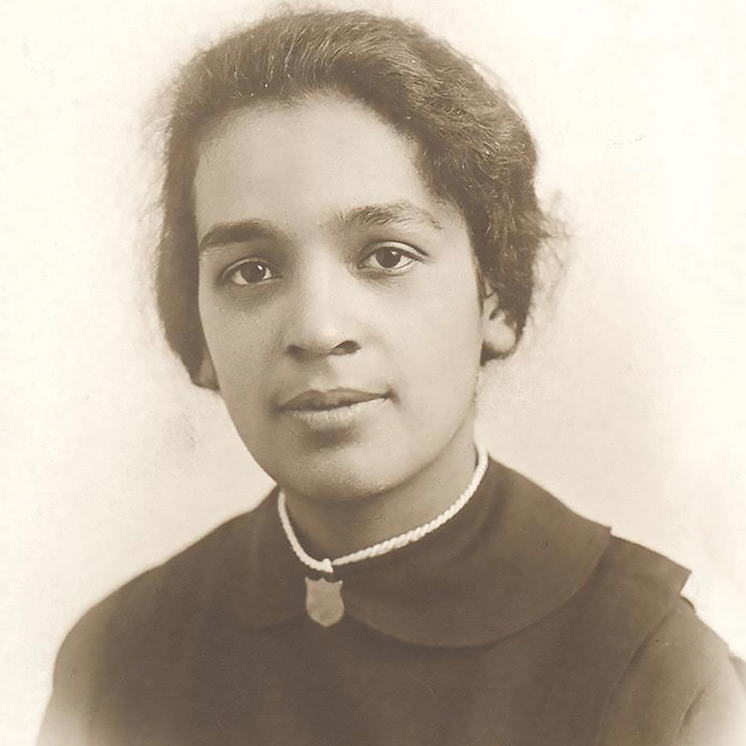
In 1915 in Chicago, Mabel Broome became the first African American to become an officer in The Salvation Army. She led the charge to break the color line and reinforced the Army’s commitment to give leadership roles to women. Broome was one of the first “slum sisters” – female officers who went into a city’s poorest neighborhoods and attended to people’s most basic needs. Read more of her story here.
Making History Today
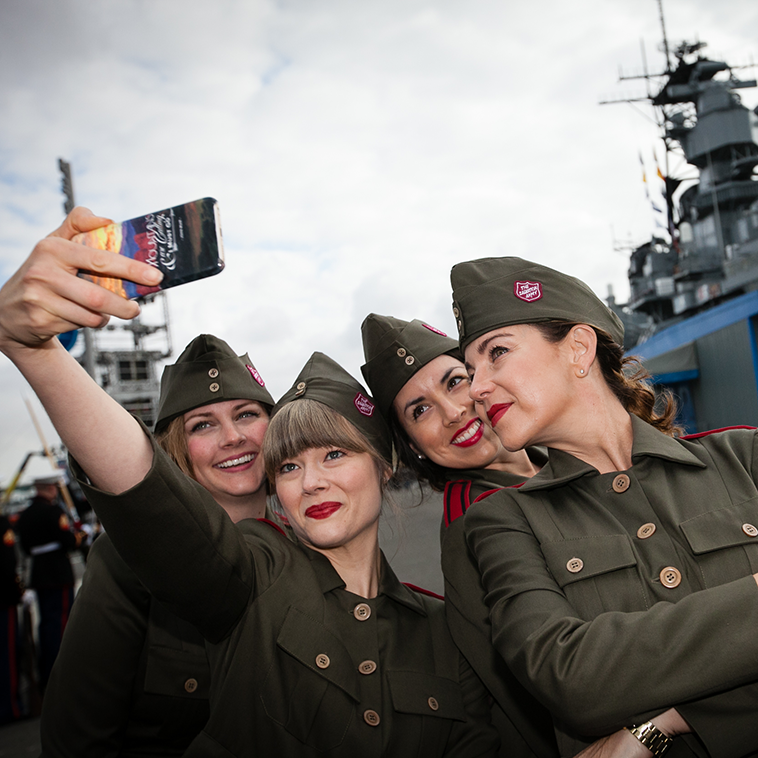
Today, The Salvation Army has many influential women leading the charge to serve our most vulnerable neighbors. We’ve had several women who served as Generals and divisional commanders. Our officers and program directors speak at local, national and international conferences on service, homelessness, human trafficking, and so much more.
They serve on the front lines of the Fight for Good every day bringing love and compassion to those who need hope.
This article was originally published by The Salvation Army Gary-Merrillville Salvation Army.
Connect With The Salvation Army Metropolitan Division
- YouTube
- Flickr
- Fundraise for Good
- Amazon / Alexa: Select The Salvation Army Metropolitan Division Charity or say “Alexa, make a donation to The Salvation Army.”
Photos: Salvation Amy National Archives







